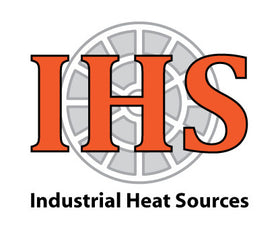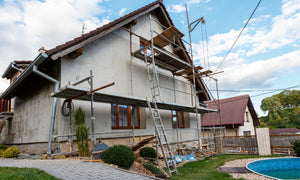6 Ways to Keep a Hot-Air Plastic Welder in Peak Condition

Proper use and maintenance can keep your hot-air plastic welder in peak operating condition. Prevent downtime, maintain maximum performance and extend your tool’s life expectancy with these 6 preventative maintenance tips.
1. Clean Tools Regularly
After every use, make sure that filters and nozzles are cleaned of any obstructions. Regular cleaning prevents melted-on plastic and debris from building up, which can restrict airflow, cause temperature fluctuations and inconsistencies, and lead to element burnouts.
To clean nozzles, put on protective gloves and goggles. Then, while the nozzle is still hot, scrape the melted plastic away with a stainless steel or brass wire brush. Use a motion that goes away from your body, and continue until the nozzle looks smooth (avoid touching).
To clean filters, you should use mild soap, water, silicone and/or compressed air to remove blockages.
2. Apply Air Filters
Air filters prevent dust, debris and other contaminants from entering the tool. Be sure to use filters when working in dirty environments to prevent unwanted materials from getting into and clogging your tool’s air intake or heating element.
Keep in mind, however, that standard hot air tool air filters will not effectively remove all types of contaminants. In situations where your tool is exposed to harsh dusts (e.g. metal, electrically conductive or damp), special filters must be used.
3. Select the Right Nozzle
The wrong nozzle on a plastic welder can restrict airflow, and cause heat to back up within the tool. This hot-air backup overheats and breaks the element, and may cause damage to other parts of the machine.
Work with an IHS representative to ensure the nozzle you purchase is ideally suited for the plastic welder’s intended use.
4. Cool Your Tool — Every Time
To prolong its life, a hot-air tool’s heating element needs to be gradually cooled down after every use. This is done by blowing cool air through it until it reaches ambient temperature.
Review your plastic welder's instructions carefully. It should comes with detailed directions on how to properly cool down and shut off the tool. Make sure to cool down your tool after every use.
5. Employ the Correct Power Source
For hot-air plastic welders to function properly, they need the correct power source. Too much power can damage the tool, while too little can negatively affect its ability to produce hot air at a consistent volume and temperature.
Look up minimum power requirements in your tool’s instruction manual or on its label, and make sure your power source can consistently provide adequate power. If you have welding issues, start troubleshooting at your power source using these tips.
6. Properly Store Between Uses
When not in use, keep the plastic welder in its storage case. The case is designed to keep the tool safe from accidental contact, and away from prolonged exposure to sunlight, moisture, dirt and other elements.
Proper Maintenance = Maximized Life
IHS stocks some of the highest quality plastic welding tools on the market, and if properly maintained and cared for, they are also some of the longest lasting. Maximize the life and performance of your hot-air tool by following the steps above, and have tools regularly serviced by a certified provider.
For more information on how to keep your plastic welder in good working condition, contact one of our sales and service representatives at info@ihshotair.com.
- Robert Heater






